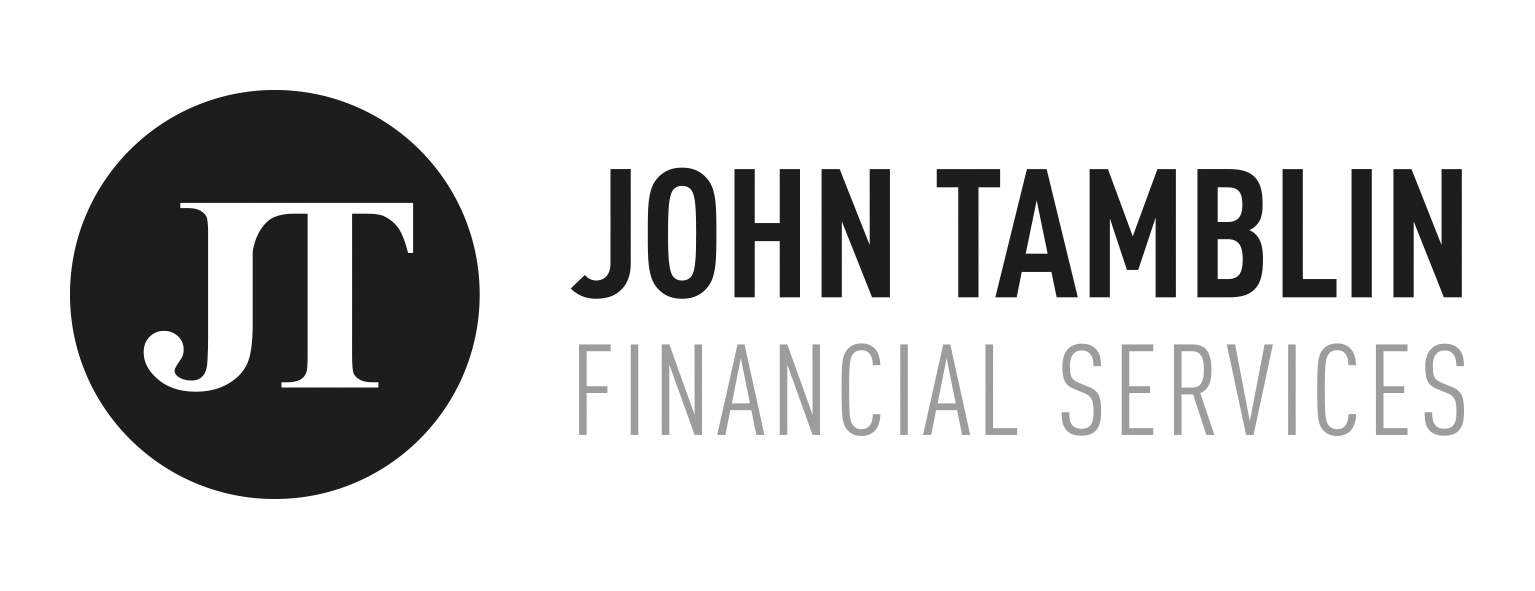Your family could save as much £140,000 in Inheritance Tax (IHT) when the family home passes to children on death.
The new IHT Residence Nil Rate Band (RNRB) will be introduced in April 2017. It is in addition to an individual’s own nil rate band of £325,000, and conditional on the main residence being passed down to direct descendants (e.g. children, grandchildren).
By 2020/21 families could escape IHT on up to £1M of their wealth. Each parent will have a nil-rate band of £325,000 plus a RNRB of up to £175,000.
Here are 10 key facts you need to know to;
- How much will it be?
The RNRB will not be introduced until April 2017. It will be phased in over 4 years and the full £175,000 allowance will not be available until April 2020. The RNRB will start at £100,000 and will increase by £25,000 each tax year until 2020.
|
Maximum Residence Nil Rate Band |
|
| 2017-18 |
£100,000 |
| 2018-19 |
£125,000 |
| 2019-20 |
£150,000 |
| 2020-21 |
£175,000 |
Of course these are the maximum amounts. The available allowance will be reduced if the value of the property is less than this.
- When the RNRB can be transferred?
The Residence Nil Rate Band will be transferable between spouses and civil partners on death, much like the standard nil rate band. - Tapering the residence nil rate band
Clients with large estates may not see any benefit from the extra nil rate band. The residence nil rate band will be reduced by £1 for every £2 that the deceased’s net estate exceeds £2M. - Who can benefit?
The RNRB is only available where the main residence passes to children (including adopted, foster or step children) or linear descendants on death. - What if the family home passes into trust?
The residence nil rate band may be lost where, for example, the property is placed into a discretionary will trust for the benefit of the children or grandchildren. - What about downsizing?
The family home doesn’t need to be owned at death to qualify. This is of help to those who may have downsized or sold their property to move into residential care or a relative’s home. - Multiple Residences
Only one residential property will qualify. It will be down to the personal representatives to nominate which residential property should qualify if there is more than one in the estate. - Basic IHT threshold frozen
While clients may be getting some additional nil rate band to set against the family home, the basic IHT nil rate band will be frozen at £325,000 until the end of 2020/21 tax year.
When combined with the full RNRB of £175,000 in 2020/21 this would provide a married couple with the promised £1M nil rate band.
- Joint tenants and the trap for large estates
Some clients may miss out on the additional nil rate band by not ensuring that their estates are shared in the most efficient way.
Many clients will hold the family home as joint tenants. Switching property ownership into tenants in common will allow each spouse to control how the property passes on death.
- Reviewing wills
It makes sense to keep wills constantly under review to cater for changing circumstances. And that also includes ensuring legislative change does not adversely impact upon what the deceased would have wanted.
